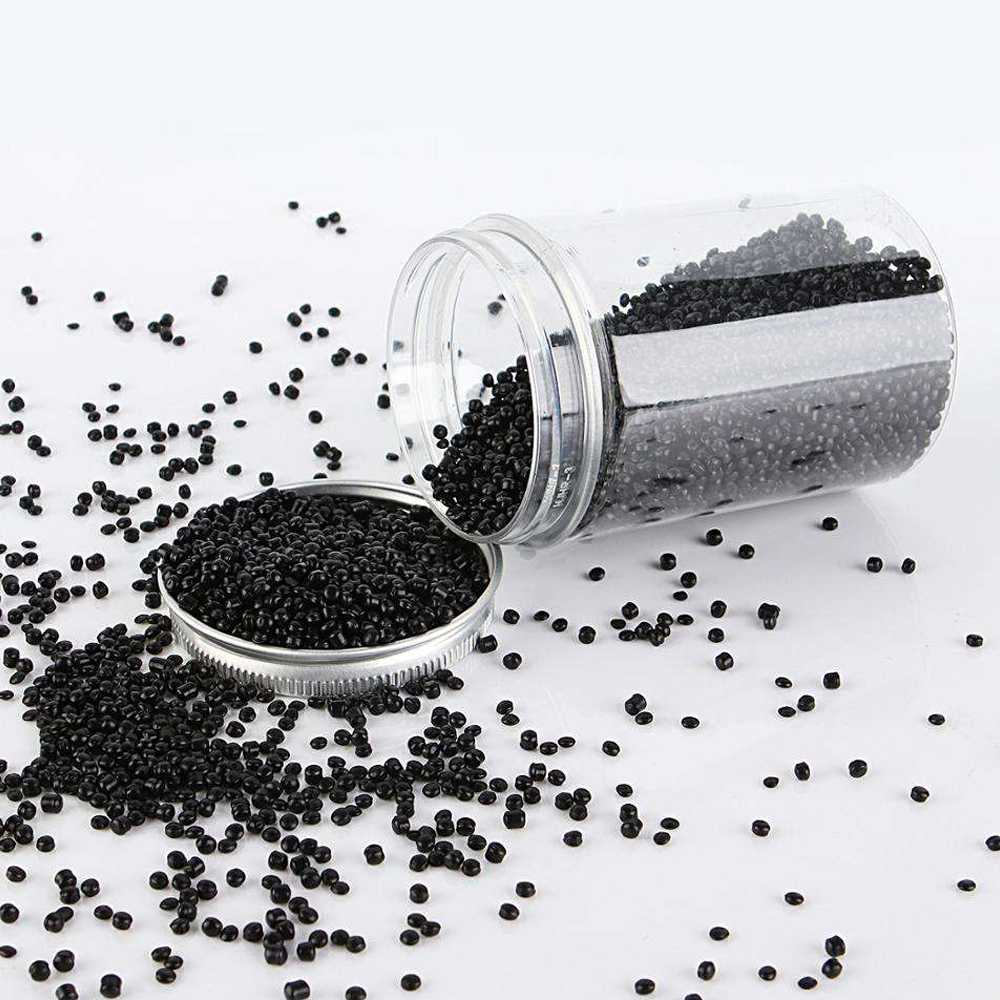
- +8615880211820
- [email protected]
- Tongan Industry Park, Xiamen
The ever-evolving landscape of the medical industry is driven by diverse factors, ranging from an aging patient demographic with increasing mobility needs to the desire of younger generations for pain-free lives. This dynamic environment has given rise to a surge in surgical procedures and innovative treatment options. While this benefits patients and advances healthcare, it also brings about the need for greater cost control and patient safety in the medical product manufacturing sector. In this article, we explore the transformative role of medical-grade dentistry and automotive modified plastic granules in addressing these crucial industry trends.
In the quest for delivering superior patient care and ensuring maximum safety, the medical industry is witnessing a wave of changes. These include unannounced audits, more rigorous clinical assessments, and enhanced testing protocols, especially for medical products belonging to higher categories. These measures, designed to enhance patient safety, extend their focus to physiological safety, even in cases of short-term patient contacts. As a result, there is a growing emphasis on the safety requirements of medical products and materials.
For manufacturers of medical products, adapting to these evolving industry trends means venturing into the development of new, innovative solutions. This must be done under the guiding principles of product safety, patient benefits, and cost control. Innovations in material science are a cornerstone of this process.
One of the key components contributing to this transformation is the use of modified plastic granules. These granules are versatile and allow for the selective alteration of plastic properties through the introduction of additives or fillers. The result is plastic compounds that exhibit enhanced thermal, mechanical, electrical, optical, or other characteristics compared to the unmodified base polymer. Common fillers and additives include reinforcement fibers, stabilizers, and friction-reducing agents.
Reinforcement fibers are particularly crucial in enhancing the material properties of plastic compounds. In many cases, the strength of these fibers surpasses not only the matrix material but also the tensile strength of metallic materials. This feature, coupled with the lower density of commonly used fibers compared to materials like aluminum, offers enormous potential for lightweight construction in medical devices.
Glass, carbon, and aramid fibers are the most commonly employed reinforcement fibers in medical plastics. For medical product designers, understanding the mechanical characteristics of the material is of utmost importance, as it directly influences the design and functionality of the final product.
Medical plastic is fast becoming the material of choice for healthcare applications. Its versatility, sustainability, and the antimicrobial properties found in many medical-grade plastics have ushered in new forms of outpatient treatment and less invasive procedures. These advancements not only contribute to better patient experiences but also result in substantial cost savings for medical professionals and patients alike.
Apart from the health and safety advantages, medical-grade plastic is an economically sound choice. By incorporating regulated and durable medical-grade plastic into healthcare facilities, significant cost savings are realized. With thousands of dollars saved per patient, these plastics are proving to be a cost-effective and sustainable solution for the medical industry.
The medical industry is undergoing a remarkable transformation, with medical-grade dentistry and automotive modified plastic granules playing pivotal roles. These materials are driving innovation, enhancing patient safety, and reducing costs for healthcare facilities. As the demand for efficient and cost-effective healthcare solutions continues to grow, medical-grade plastics will undoubtedly remain at the forefront of this healthcare revolution. Their impact extends beyond traditional medical applications and has the potential to change the way we approach healthcare, ultimately leading to better patient outcomes and experiences.
Our masterbatches find a multitude of applications across diverse industries. Whether in plastics, textiles, or various manufacturing processes, our masterbatches play a pivotal role in enhancing product quality and performance. With customizable formulations, they offer color consistency, UV protection, flame resistance, and more, making them the go-to solution for countless applications. From automotive parts to packaging materials, our masterbatches are the trusted choice for achieving superior results across a wide spectrum of industries.
Our custom masterbatches are designed to match specific polymers, ensuring optimal performance when incorporated into your selected material. We have the capability to produce masterbatches suitable for a variety of polymers mentioned below, and many more. If you’re working with a material that isn’t listed here, please don’t hesitate to reach out to our knowledgeable technical team to explore the possibility of meeting your specific needs.
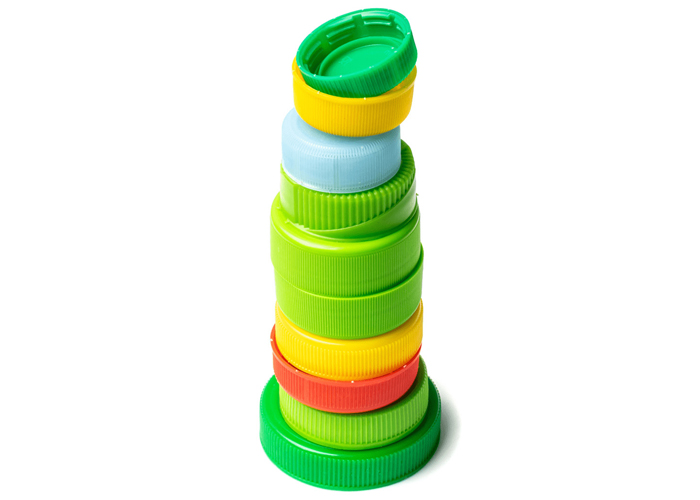
Low Density Polyethylene – Somewhat more translucent than HDPE and considerably more pliable, primarily employed in flexible packaging, tote bags, pliable tubing, film applications, and similar uses. Like HDPE, it has limited transparency characteristics. It exhibits outstanding chemical resistance to alcohols, acids, and alkalis but has restricted resistance to hydrocarbon solvents and mineral oils. Prolonged exposure to UV radiation can initiate degradation.
High-Density Polyethylene – Featuring a somewhat milky-white appearance, this material finds wide application in rigid bottle packaging, injection-molded caps and closures, crates, and more. Its natural opacity can limit the degree of transparency attainable. HDPE exhibits superior chemical and solvent resistance when compared to LDPE.

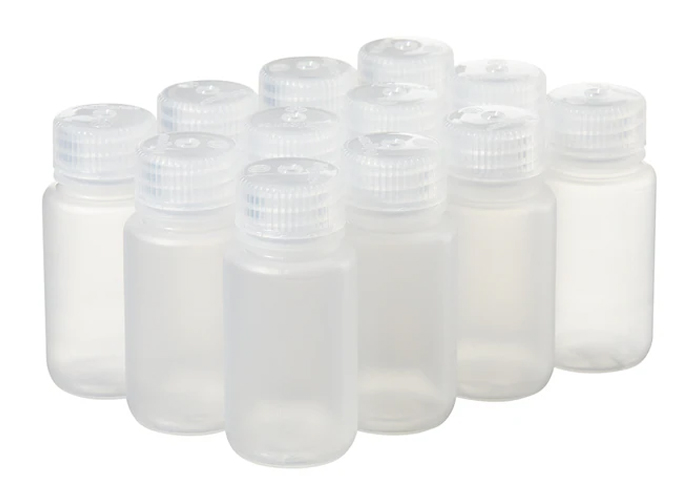
PPCO Random & PPHO – A polymer with moderate clarity, employed in the production of caps and closures. It is also utilized for crafting household items, buckets, toys, and storage containers. Polypropylene offers flexibility without significant limitations on color or special effects. Random copolymer boasts greater clarity compared to homopolymer and is better suited for creating translucent shades.
PPCO Block – Similar to PPCO but enhanced for increased impact resistance. An additive renders the polymer white, resulting in high opacity. This characteristic may limit the achievable transparency.
Polyethylene Terephthalate (PET) – Polyester materials exhibit robust mechanical strength along with excellent chemical resistance and barrier properties. PET is frequently chosen for the production of carbonated beverage containers. Moreover, polyester can be spun and employed in textile manufacturing for clothing. PET is highly transparent, making it an excellent choice for translucent packaging, although a subtle hint of “yellowing” may impact extremely light tints.
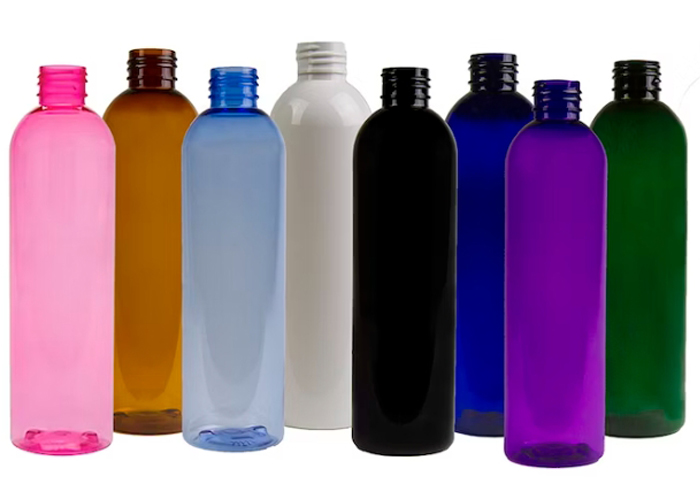
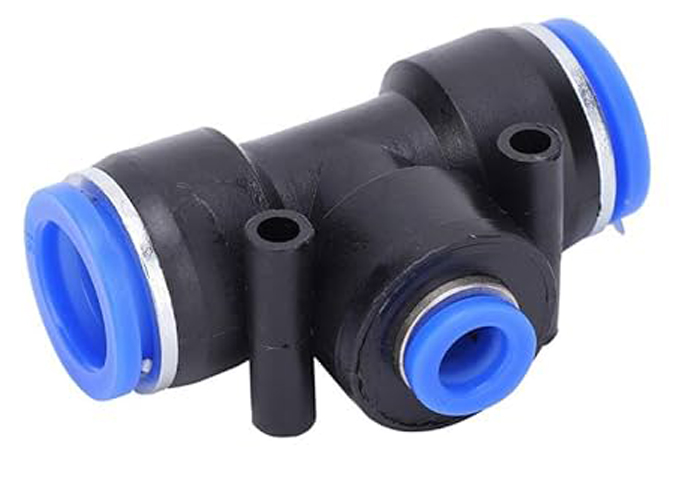
Polybutylene Terephthalate – A crystalline thermoplastic engineering polymer frequently employed as an insulating material within the electronics sector. This substance belongs to the polyester category, showcasing a remarkable equilibrium of attributes and processing qualities.
General Purpose Polystyrene – Exhibiting a glass-clear appearance but possessing minimal impact resistance, this material finds its primary application in CD cases. Its notable clarity renders it suitable for creating translucent hues, although an occasional violet tint may be discernible.
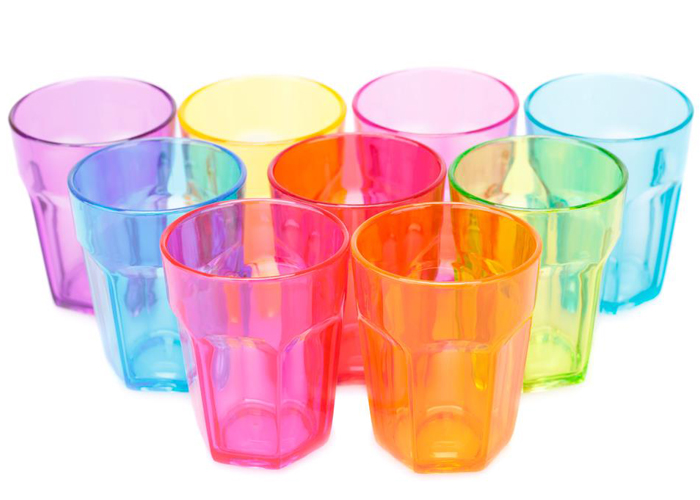
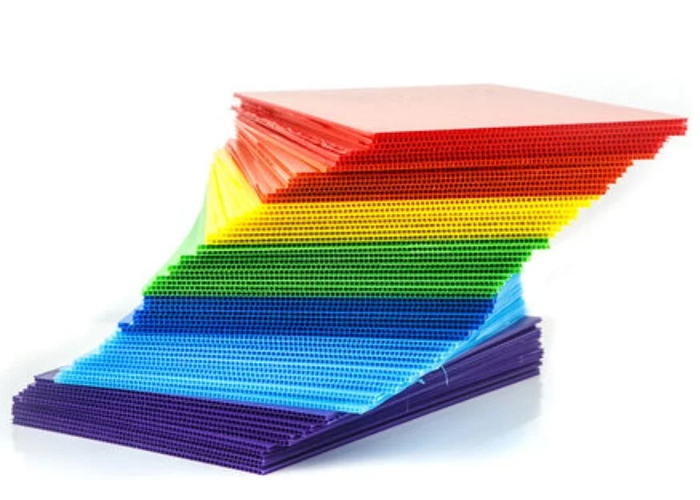
High Impact Polystyrene – Derived from GPPS by incorporating an impact-enhancing agent to boost its resistance to impacts. This added component results in the polymer becoming white, and different formulations provide varying degrees of opacity. Typically employed in the fabrication of game pieces, toys, and similar items. Its pronounced whiteness can pose challenges when aiming for translucent coloration. Specialized alternatives like K-Resin and Styrolux are accessible in the market to attain the same level of translucency as GPPS.
Acrylonitrile Butadiene Styrene (ABS) – A more robust iteration of High Impact Polystyrene (HIPS) employed in high-value components. ABS exhibits greater durability compared to HIPS-made components, although it encounters similar challenges when attempting to achieve translucent colorations. Just like HIPS, ABS offers specialized translucent variants. Owing to its durability, ABS is commonly used in crafting casings for power tools.

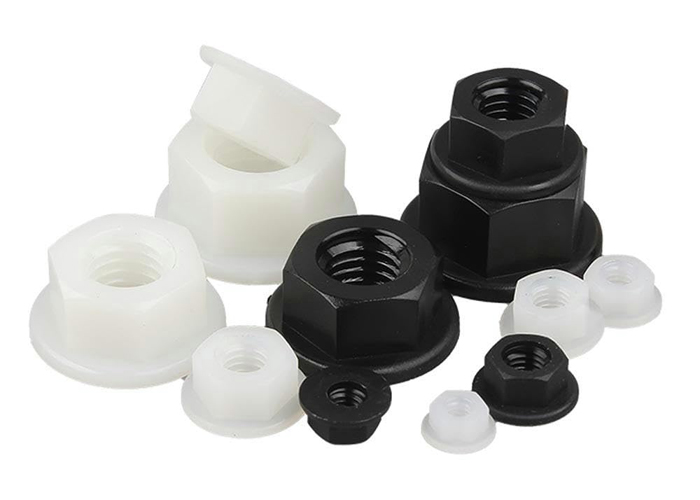
Polyamide (6, 66) – Nylon represents a versatile grade extensively employed in mechanical construction and maintenance. Its popularity stems from its excellent blend of mechanical strength, rigidity, mechanical damping characteristics, and effective electrical insulation capabilities. Consequently, nylon is a preferred material for manufacturing electrical enclosures. PA66 serves as a common alternative to metal across diverse applications, with its chemical and physical attributes closely resembling those of PA6. PA6 exhibits superior impact resistance and resistance to solvents, albeit with a heightened susceptibility to moisture absorption.
Styrene Acrylonitrile Copolymer – Possessing transparency and outstanding chemical and heat resistance, SAN also boasts good rigidity, tensile strength, and flexural strength. Thanks to its high-gloss finish, SAN is commonly chosen for cosmetic packaging purposes. However, achieving light tint colors with SAN can be challenging due to the violet dyestuffs inherent in the material, which are utilized to enhance its visual appearance during manufacturing.
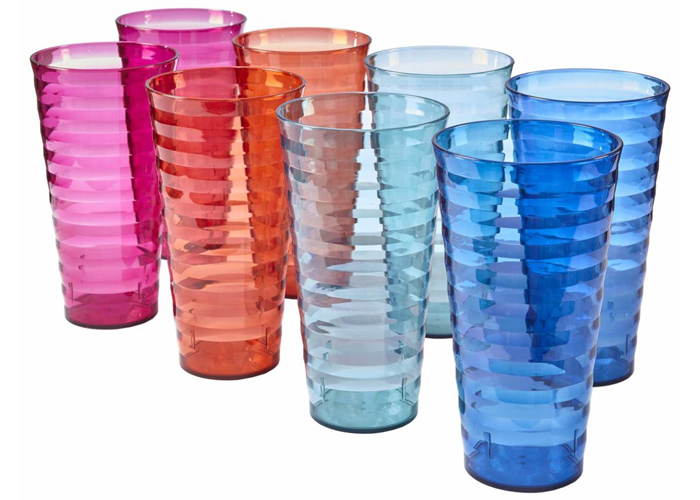
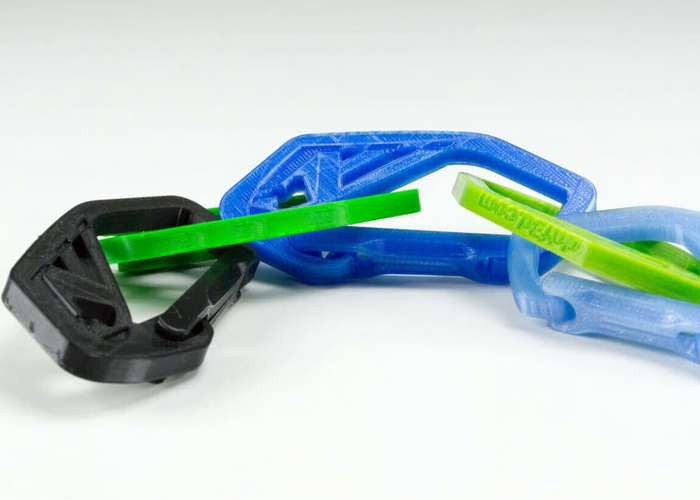
Polyethylene Terephthalate Glycol – PET with the incorporation of glycol. This glycol addition enhances flow properties but diminishes strength. PETG can be extruded to create bottles and can be formed into sheets for producing ‘blister’ style packaging.
Thermoplastic Elastomer (TPE) or Thermoplastic Polyurethane (TPU) – TPU finds diverse uses in applications such as automotive instrument panels, caster wheels, power tools, medical devices, as well as various extruded film, sheet, and profile applications. TPEs are employed across a wide range of applications in industries spanning automotive, medical, construction, electrical, appliances, packaging, and industrial sectors.
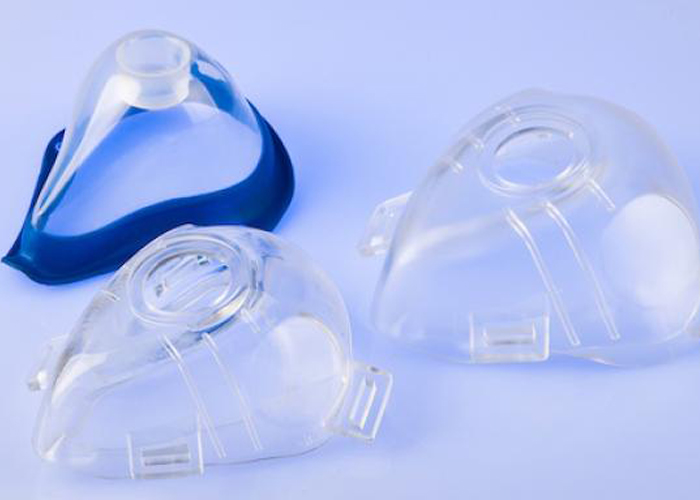
Frequently asked questions about our masterbatch
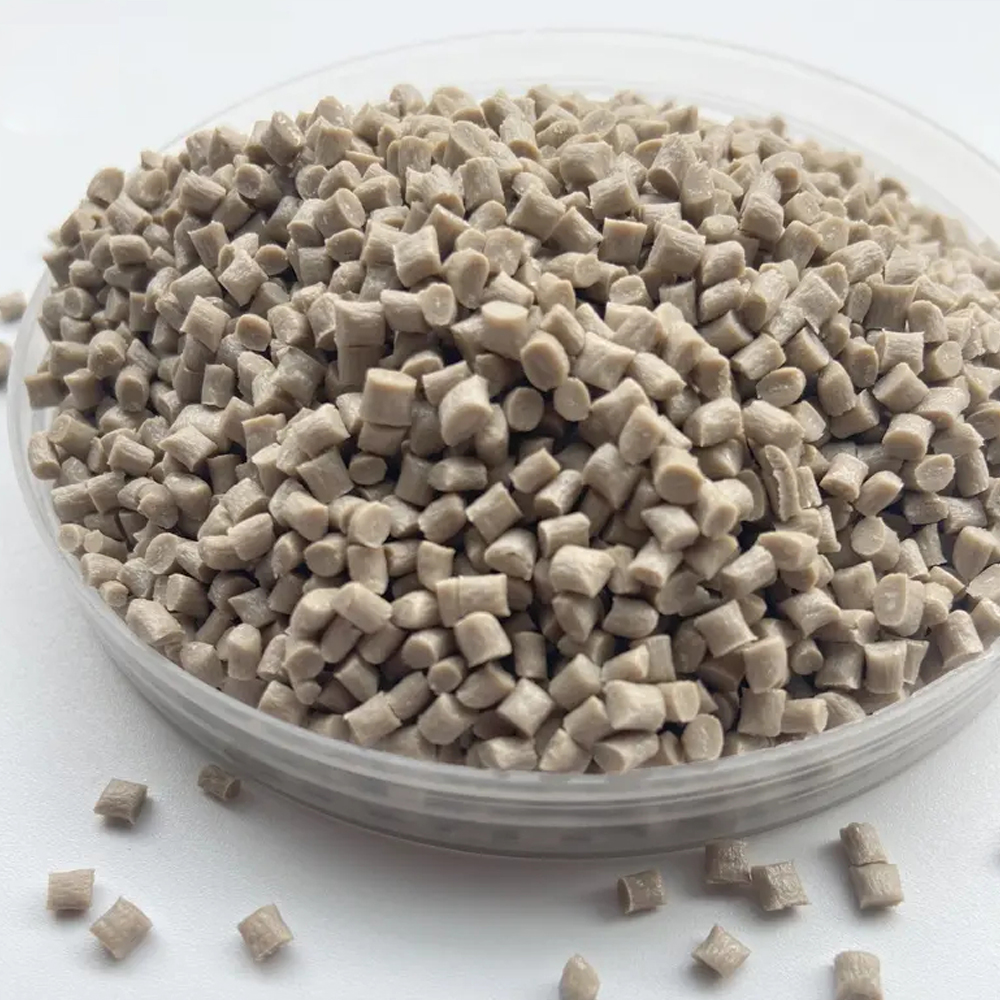
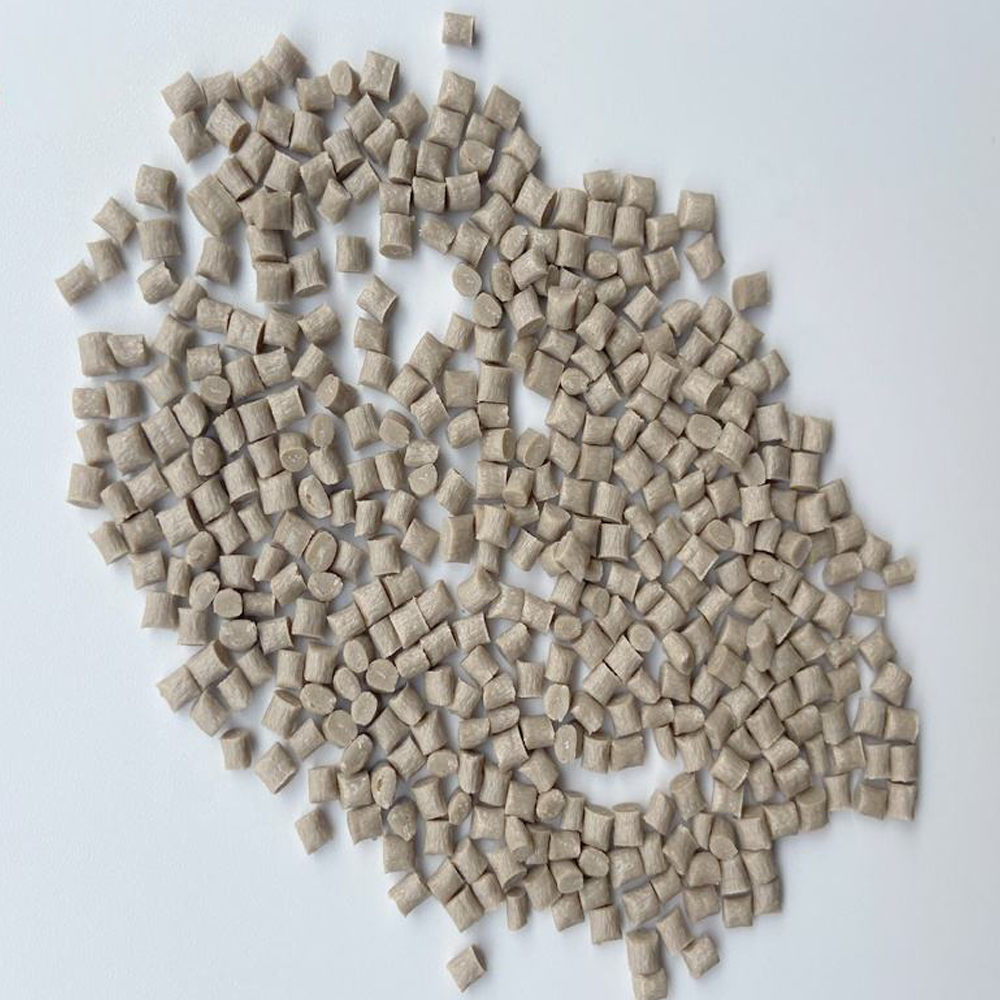
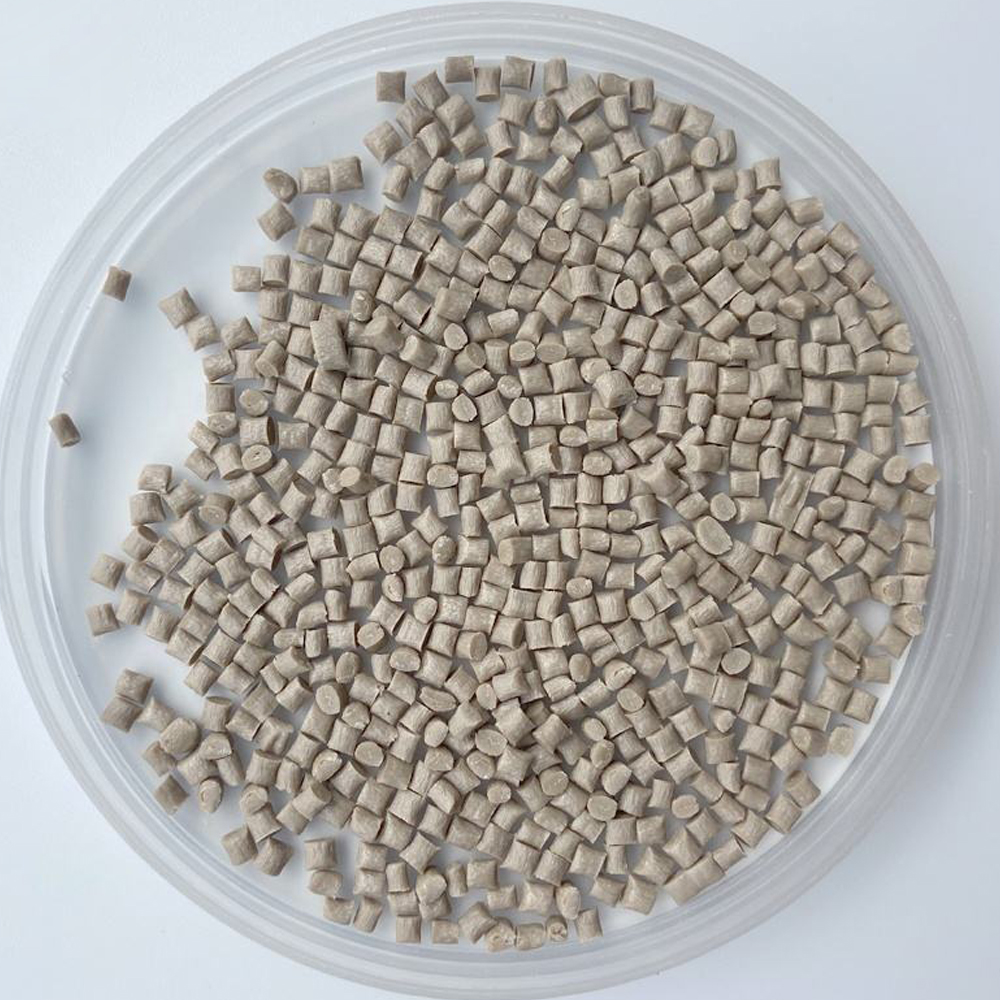
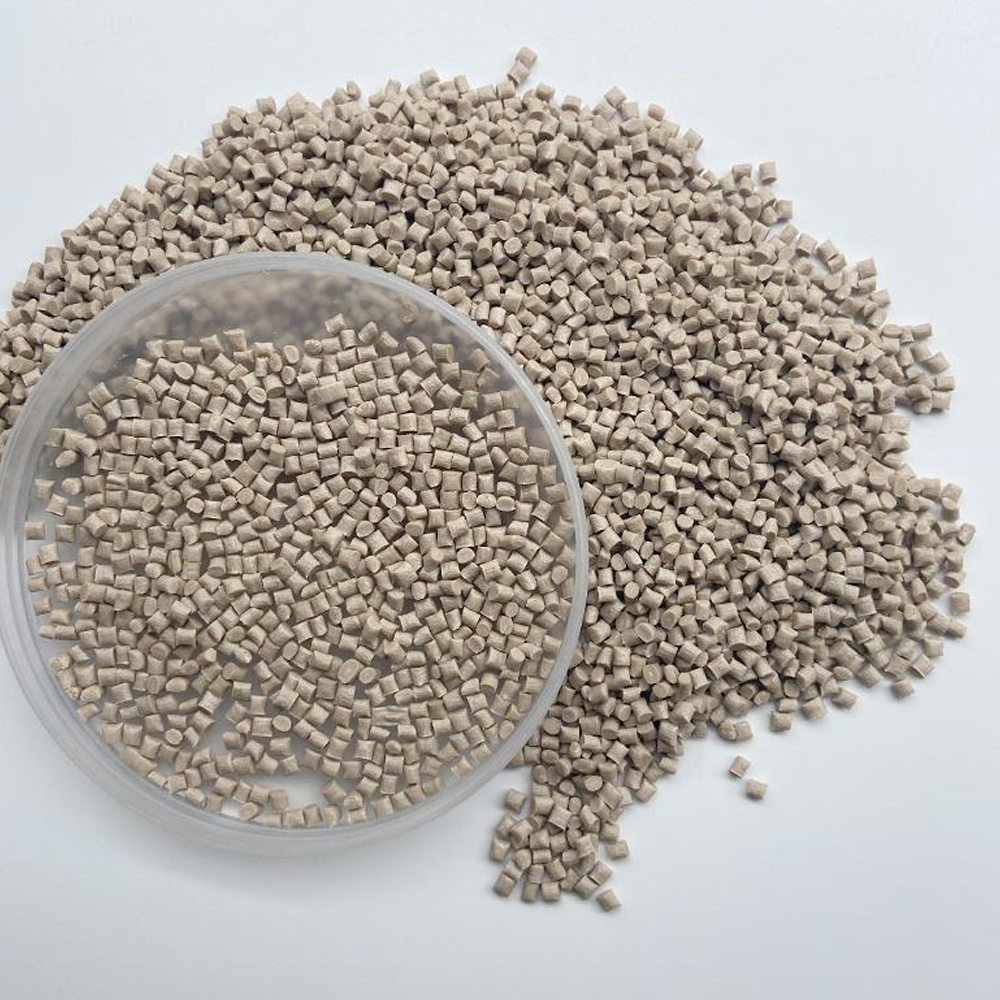
©2023. Masterbatch Manufacturer All Rights Reserved.
Our team will send back the best offer in 20 minutes.